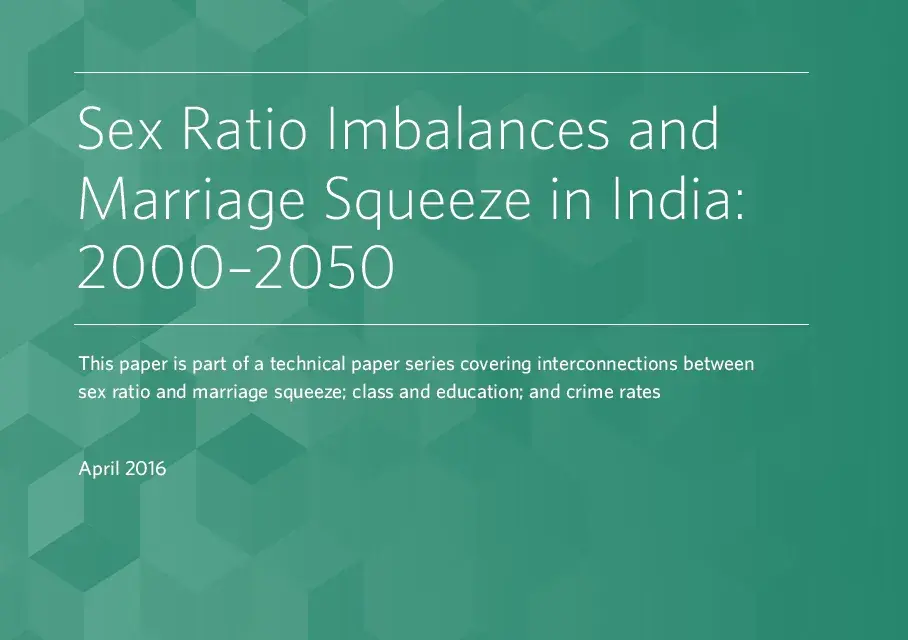Rapid fertility decline and availability of sex determination technologies have led to a skewed sex ratio in favour of males. This imbalance in the sex ratio at birth
impacts the marriage markets, albeit in a lagged manner, resulting in a ‘male marriage squeeze’. This paper examines the present and future trends of marriage
squeeze in India. For this purpose, an ‘original’ age-sex distribution is constructed using different data sources such as Census, NFHS, NSS, and SRS. Several methods
are used for this analysis, focusing on two main determinants of marriage squeeze - age gap and education gap


